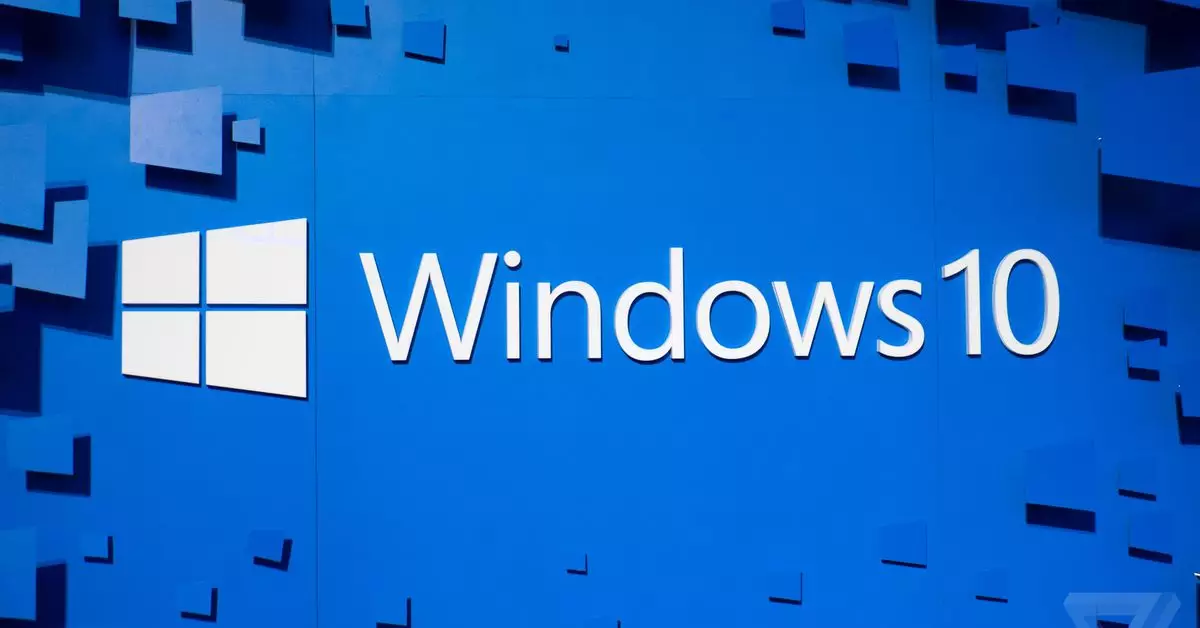As Microsoft prepares to end support for Windows 10 in October 2025, there has been a surprising development in the form of the company reopening its beta program for the operating system. This move is aimed at testing new features and improvements for Windows 10, despite its impending end of support date.
Microsoft’s decision to reopen the beta program for Windows 10 is unconventional, especially considering that the company had previously stated that major updates for the OS were complete. However, the Windows Insider team has now announced that Windows Insiders can opt into the Beta Channel to access new features and enhancements ahead of the general public.
One of the notable additions to Windows 10 is the AI Copilot feature, which was initially exclusive to Windows 11. This suggests that Microsoft is committed to bringing more features to Windows 10 to ensure that users can maximize the value of their current PCs. While Microsoft has not disclosed specific details about upcoming features, Windows Insiders in the beta program will have the opportunity to test them before they are rolled out to the wider user base.
Despite the upcoming end of support for Windows 10, Microsoft has announced that consumers will have the option to purchase paid security updates for the OS. This marks the first time that consumers will be offered paid security support for Windows 10, with businesses having to pay a fee of $61 per device for the first year of updates. The cost doubles in subsequent years, emphasizing the importance of maintaining security on outdated operating systems.
While Microsoft is actively encouraging users to upgrade to Windows 11, there are significant obstacles for many consumers. Windows 11 has strict hardware requirements, limiting the number of devices that can officially upgrade to the new OS. This has resulted in Windows 11 lagging behind Windows 10 in terms of market share, with millions of PCs unable to meet the necessary specifications for the upgrade.
Despite the limitations of Windows 11, Windows 10 continues to hold a significant share of the market, even nine years after its release in 2015. As of May 2024, Windows 11 accounted for nearly 28 percent of all Windows versions, compared to Windows 10’s 68 percent market share. This disparity highlights the challenges faced by Microsoft in transitioning users to newer operating systems.
Microsoft’s decision to reopen the beta program for Windows 10 signals a shift in strategy as the company prepares to end support for the OS. By introducing new features and security updates, Microsoft aims to provide users with continued value and support, even as it encourages the adoption of Windows 11. However, the challenges associated with upgrading to Windows 11 underscore the complexities of transitioning to a new operating system in today’s tech landscape.


Leave a Reply